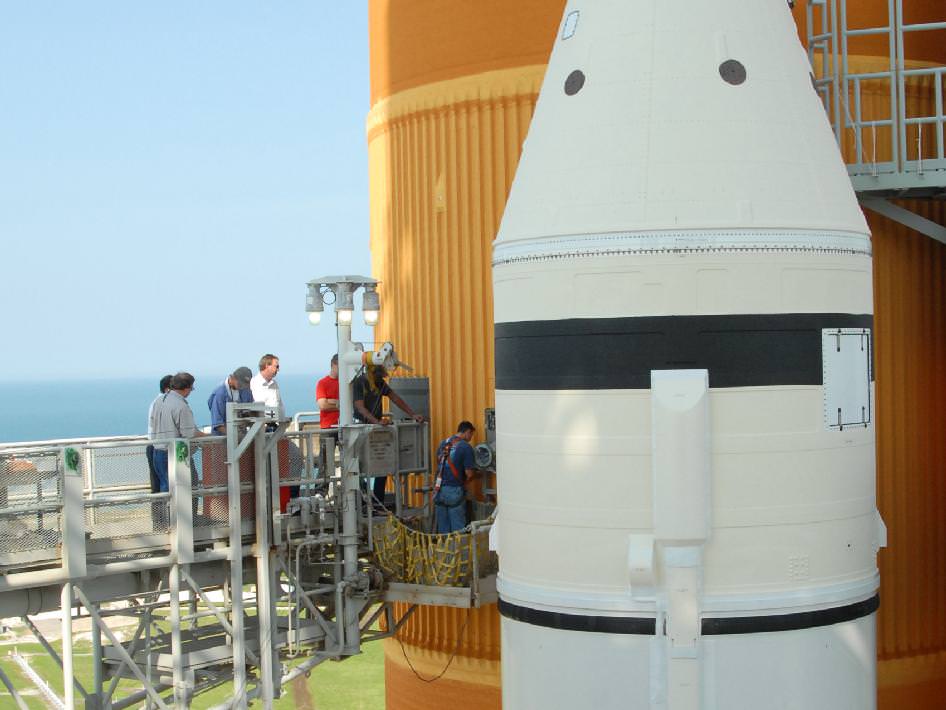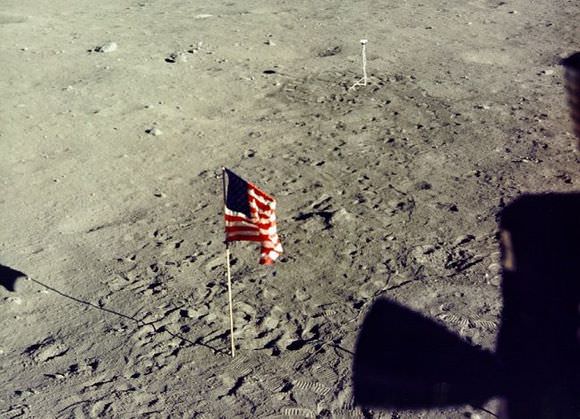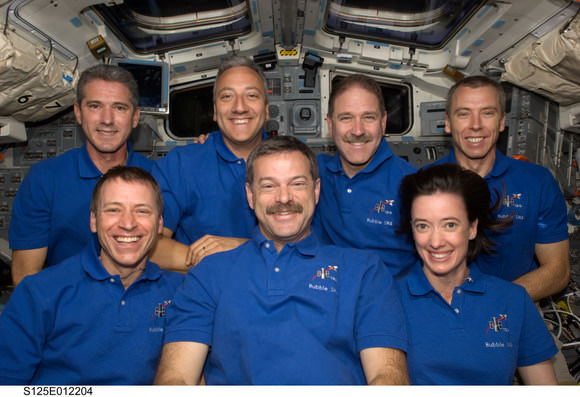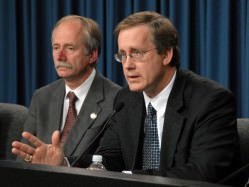[/caption]
A couple of news stories showed up yesterday suggesting the hydrogen leak that has kept space shuttle Endeavour grounded could possibly be the work of sabotage. Not by foreign operatives, but by the people who work on the shuttles themselves, in an attempt to extend the shuttle program — and their jobs — for a longer period of time. Understandably, shuttle workers and NASA leaders were outraged at suggestions of sabotage, and several of the articles were later edited to add the following: “This story was updated to reflect additional statements from NASA. Contrary to the previous report, NASA denies it is undertaking any effort to look specifically for sabotage.”
LeRoy Cain, deputy manager of the space shuttle program said no one at NASA suspects any intentional damage to Endeavour at the launch pad, but they do have steps to monitor people who have access to the shuttle — a policy that has always been in place.
“We have talked a great deal about those kinds of potential issues,” he said. “But we’ve got a highly professional workforce here, and to a person, at least when I talk to them, they’re in this business because they love the work that they do.”
No cause has been found for the leaking fuel line that has twice delayed Endeavour’s launch, as well as delaying and an earlier shuttle mission that eventually launched in March. And NASA has no reason to suspect it was intentional.
Engineers said they strongly believe that the problem will turn out to be an explainable flaw — not sabotage.
As of Thursday, NASA has no formal sabotage investigation under way.
Of course, in 2007 a worker for a NASA subcontractor tried to sabotage computers heading to the International Space Station by cutting wires inside the computers, but the damage was discovered and fixed before they were launched.
Here’s a new report from Orlando’s WESH TV. Investigative reporting or over-active imagination?
Visit msnbc.com for Breaking News, World News, and News about the Economy











